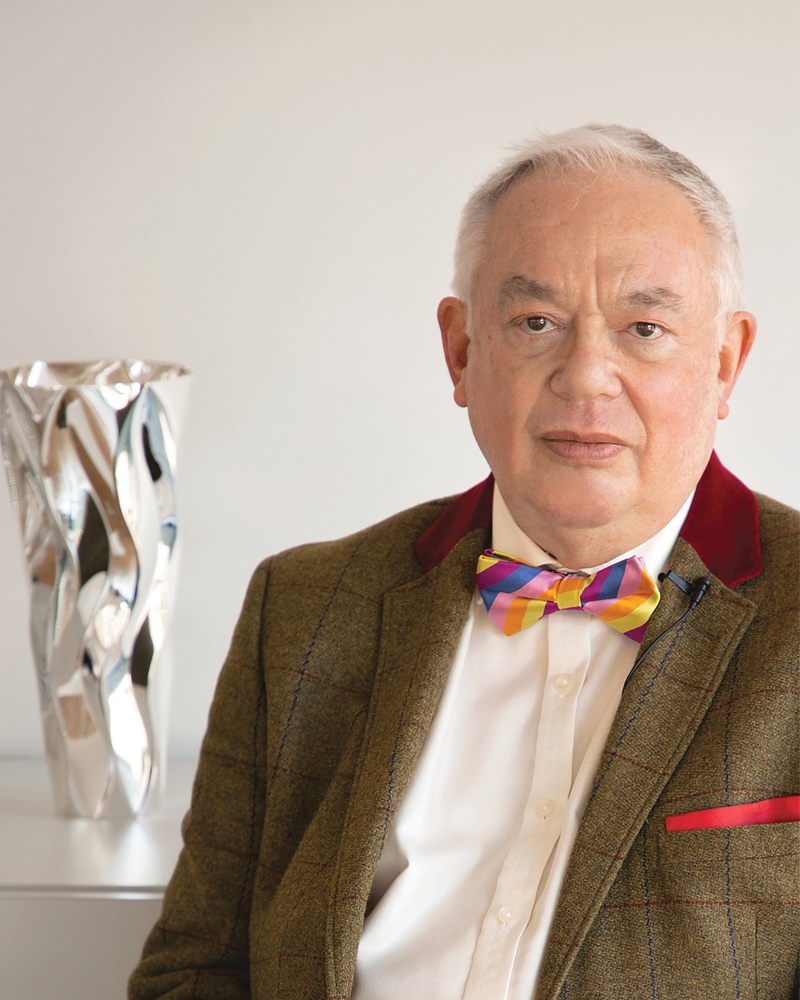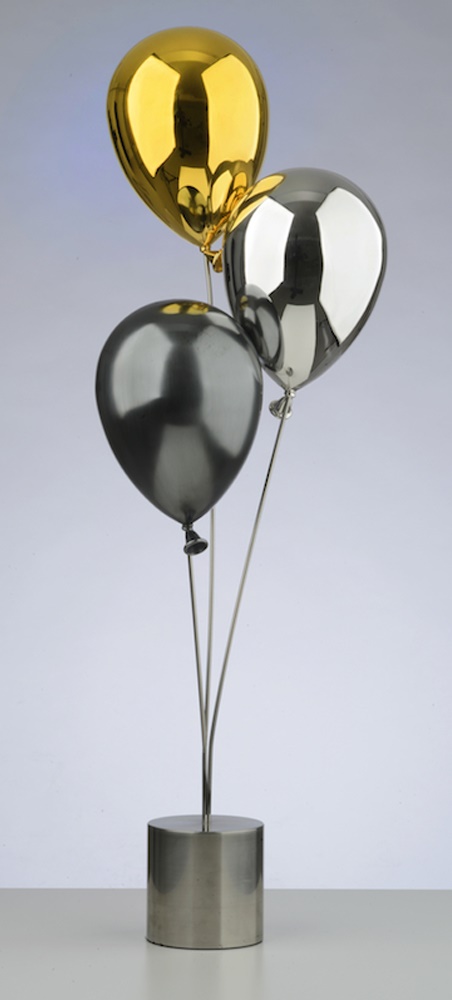The Pearson Silver Collection
An exhibition of highlights from The Pearson Silver Collection will go on view at our London Gallery in Cecil Court for the first time this autumn. The world renowned collection devoted to post-war and contemporary British silver design will be available to view from October 4-15 (including Saturday the 9th).
Comprising more than 900 pieces by nearly 300 silversmiths, The Pearson Collection is the largest of its kind in private hands and tells the story of the development of silver design from 1945 to the present day. It includes pieces such as Graham Stewart’s bee honeypot, James Dougall’s balloons, a skyscraper clock by Gerald Benney, and Malcolm Appleby’s Allusion Box.
The collection’s founder and curator, John Andrew, describes himself as a one-man mission to bring Britain’s contemporary silversmithing to a wider audience.
“It may be our best-kept secret - that in Britain smiths create silver objects at the highest level with exceptional craftsmanship and with an extraordinary standard of design” said John.
From the medieval period through to rococo and neoclassicism, the history of silver production in England is a long and rich one - its hallmarking system is the oldest form of consumer protection. However, a new generation of designers came to prominence in the post-War era to effectively reinvent the output of silver in response to changing markets. These men and women made a profound and lasting impact on the direction of modern silver and ushered in an unexpected ‘golden age’ for British silver.
Many collectors still ignore this recent work, but with a growing market and new admirers, the best work from the 1960s and 1970s is becoming more popular as indeed is the work of contemporary makers.

John Andrews - Founder and Curator of The Pearson Silver Collection

